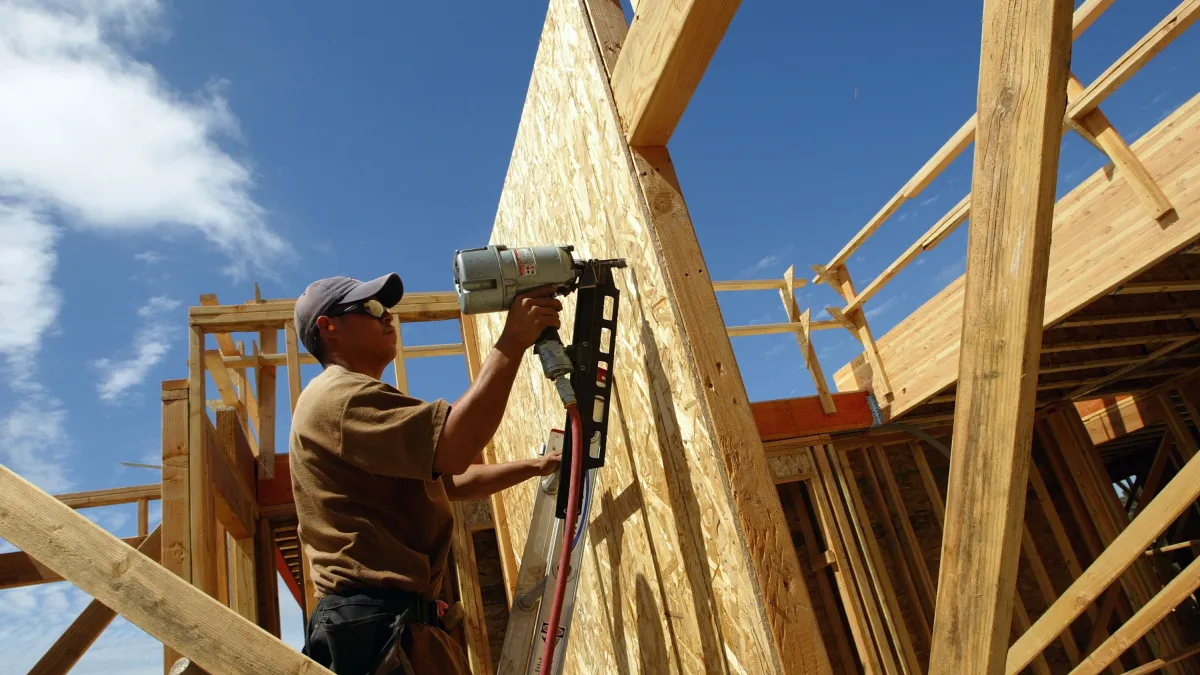Building one square meter in a country today costs $3,000,000, according to a private report. It is estimated that the cost of construction will continue to rise
The cost of building a premium home in a country rose again in August. The drop in the official dollar, the blue iron and the increase in costs in pesos, translate into price increases and therefore a decrease in building permits.
The content you want to access is exclusive to subscribers.
According to a Real Estate Report report, building one square meter in a gated community or neighborhood today already costs $3,000,000 including taxes and professional fees. “To build the 315 m2 home that we analyzed month by month, the total sum of $948,090,460 would be needed. In 12 months, costs multiplied by 3.7 measured in pesos”the report noted. This marked a 270.5% annual increasesince building that number of meters in a country was around $256,280,664 in August of last year.


Rising costs slow construction of new works
“The costs measured in American currency remained for more than two years in the up and down rhythm of inflation in pesos and the constant devaluations, but the inflation of the last 11 months in pesos, added to the rise of the official dollar and a more ironed blue and even with some setbacks took costs to a new level measured in American currency, placing it at a new peak that worries builders,” the report highlighted.
In addition, they estimated that the trend will continue in the coming months. This increase in costs then translates into a brake on investors’ decisions on new projects.
Construction cost
The Index of construction cost (ICC) in Greater Buenos Aires registered an increase of 1.6% in August compared to the previous month, according to INDEC. This result arises as a result of an increase of 2.1% in materials, 0.7% in labor and 2.9% in general expenses, which includes an update in the values of consumption and water and sewer connections. .
For their part, the materials that increased the most were: wooden furniture for kitchens (10.6%), raw wood and wood for ceilings and floors (6.8%) and gas appliances (3.2%).
Meanwhile, those that presented declines were medium and low voltage cables and conductors (-0.2%) and ceramic sanitary articles (-0.1%).
Source: Ambito
David William is a talented author who has made a name for himself in the world of writing. He is a professional author who writes on a wide range of topics, from general interest to opinion news. David is currently working as a writer at 24 hours worlds where he brings his unique perspective and in-depth research to his articles, making them both informative and engaging.




